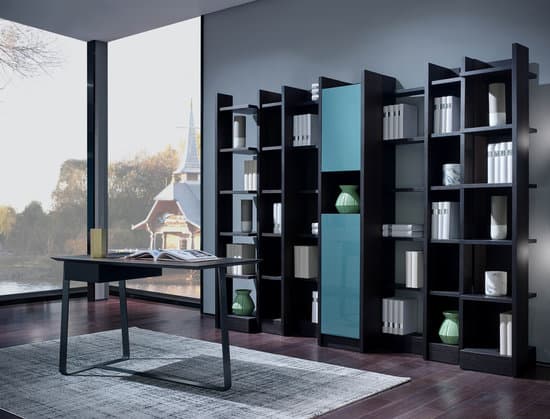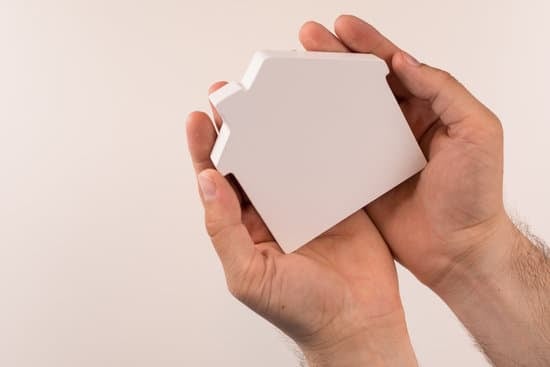Steaming is a highly effective and eco-friendly way to clean and disinfect various surfaces around your home or workplace. However, it is important to keep in mind that not everything can withstand the heat and moisture of a steam cleaner. Here are some things that you should avoid steaming:
Water-based paints and cardboard, as the steam can cause them to warp and deteriorate.
Porous surfaces like brick, stucco, and marble, as the moisture can seep into the material and cause damage.
Massive industrial spaces and food processing plants, as the steam can compromise the safety of the equipment and products.
Carpets that are large and difficult to dry, as excessive moisture can lead to mold and mildew growth.
Delicate objects such as silk and thin plastics, as they can melt or warp under the high temperature.
Velour upholstery, as the steam can flatten the texture and leave water marks.
By being mindful of what not to steam, you can ensure that your cleaning efforts are safe and effective. Always read the manufacturer’s instructions and test a small, inconspicuous area before using a steam cleaner on a new surface.
What Shouldn’t You Steam? Surprising Items That Don’t Belong in Your Steamer





















